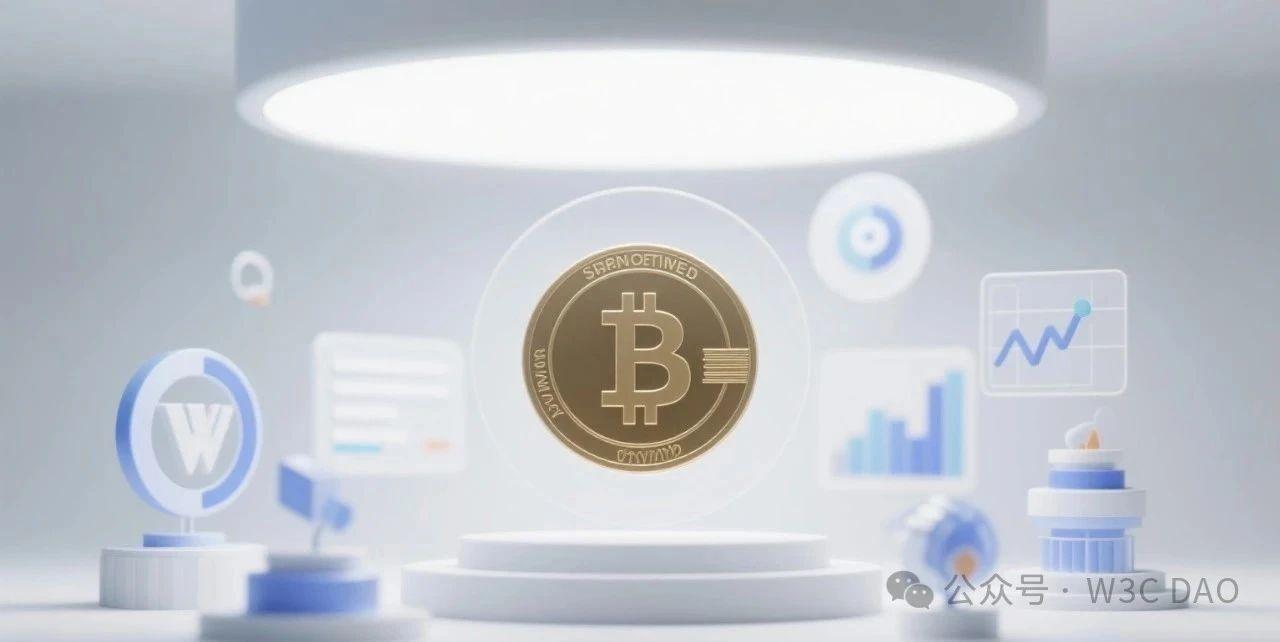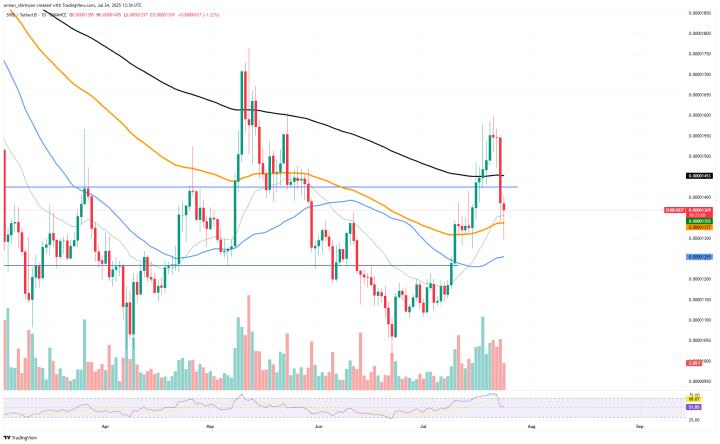Author: Mask
With a market value of $160 billion, 400 million users, and being the 18th largest US Treasury holder globally, this "digital whale" is reshaping global financial flows.
Tether's CEO Paolo Ardoino solemnly announced on July 17th that the company's USDT market value has exceeded $160 billion for the first time (approximately 1.1 trillion yuan), excitedly calling this a "shocking new milestone" on social platform X.

Just two months ago, USDT had just crossed the $150 billion threshold, and this accelerating growth has caught the entire financial world's attention. In street stores in Argentina, cross-border traders in Vietnam, and remote workers in Africa, more and more people are beginning to use this "digital dollar" for daily transactions and savings.
USDT has become an important tool for people in developing countries to combat currency depreciation and acquire US dollar assets, imperceptibly penetrating the capillaries of the global economy.
This digital currency has transcended its role as a mere trading medium, becoming the core bridge connecting traditional finance and the crypto world, occupying over 70% of the stablecoin market share.
[The rest of the translation follows the same professional and accurate approach, maintaining the original structure and meaning while translating to English.]・ Regulatory Pressure: U.S. SEC investigates its transparency and compliance
・ Technical Vulnerabilities: Blockchain security threats persist
・ Trust Crisis: Reserve transparency repeatedly questioned
Tether's strategy focuses on technological innovation and application expansion, with the company advancing multi-chain deployment and cross-chain interoperability technologies to enable seamless transfers between different blockchain ecosystems.
In cross-border payments, Tether has collaborated with multiple financial institutions to promote its application in global payment networks. To meet market demand, Tether continues to issue USDT, and within a week of breaking $160 billion, the company minted over $4 billion in new coins, including $1 billion issued on July 16th.
Five, Regulatory Watershed, GENIUS Act Reshapes Industry Landscape
The wild growth of the stablecoin market is approaching a regulatory turning point. On July 17, 2025, the same day USDT broke $160 billion, the U.S. House of Representatives passed the historic GENIUS Act with 308 votes in favor and 122 against, which was signed into effect by President Trump the next day.
The act establishes the first federal stablecoin regulatory framework in the U.S., requiring stablecoin issuers to be licensed and maintain 100% reserves of highly liquid assets, expected to be signed into law by President Trump, posing compliance challenges for offshore issuers like Tether. Key requirements include:
・ Full reserve backing
・ Regular independent audits
・ Strict anti-money laundering compliance
Hong Kong also passed the Stablecoin Regulation Draft in May 2025, with the first batch of stablecoin licenses expected to be announced by the end of 2025. These policy changes will reshape the industry:
・ Significantly increased compliance costs
・ Higher reserve transparency requirements
・ Elevated market entry barriers

This poses a major challenge for Tether. Despite the company's commitment to complying with new regulations and enhancing transparency, its long-standing practice of only providing quarterly proof without comprehensive independent audits has been widely criticized.
Under regulatory pressure, Tether's market dominance faces challenges. Currently holding 73%* of stablecoin trading volume, the competitive landscape may be reshaped with the entry of compliant stablecoins like Ripple's RLUSD.
Six, Next Decade: Journey from Billions to Trillions
Facing the new regulatory environment, Ardoino demonstrated remarkable ambition, immediately announcing plans to increase USDT supply tenfold to $1.6 trillion after the GENIUS Act was signed, to "consolidate the global dominance of the U.S. dollar".
In trading, USDT already occupies 65% of stablecoin trading volume, serving as the base currency for over 900 trading pairs, with USDT/BTC and USDT/ETH pairs contributing over 35% of global trading volume.
With clear regulatory frameworks and technological maturity, analysts predict three major trends:
・ Regulatory Compliance: Licensed operation becomes the norm, reserve transparency becomes a basic requirement
・ Asset Diversification: More asset classes like gold and commodities enter stablecoin reserves
・ Technical Integration: Cross-chain technology breakthroughs will enable seamless connections between different blockchain ecosystems
In application scenarios, RWA (Real World Assets) tokenization becomes a new hotspot. Companies like GCL have attempted to tokenize photovoltaic power station revenue rights, offering stable annual returns of 6.8%-8.7%.
HSBC launched the gold token GTP, pegged to London gold prices, with a minimum tradable amount of 0.001 ounces.
Cross-border payment restructuring will bring enormous opportunities. USDT has reduced foreign trade settlement costs from the traditional 2%-3% to below 0.5%, giving A-share cross-border e-commerce companies like Huakai Yibai significant cost advantages.
With the launch of Hong Kong's digital yuan and stablecoin licenses, financial IT companies like Founder and Hundsun are seeing business growth opportunities.
The global stablecoin market is experiencing explosive growth. Research firm Bernstein predicts that by 2035, the market size will reach $4 trillion, expanding 16 times from now. In this wave, Tether plans to expand its stablecoin supply tenfold to an astonishing $1.6 trillion.
Tether's ambitions extend beyond payments, with the company actively expanding into emerging fields like AI computing, telecommunications services, and Bitcoin mining, attempting to build a broader digital ecosystem.
In the future, when cross-border payments become as simple as sending a text message, when U.S. dollar assets are no longer limited to bank accounts, the digital dollar era initiated by USDT will redefine the global financial landscape. This trillion-dollar digital financial infrastructure is quietly changing the world's financial structure, and a silent revolution has already arrived.






